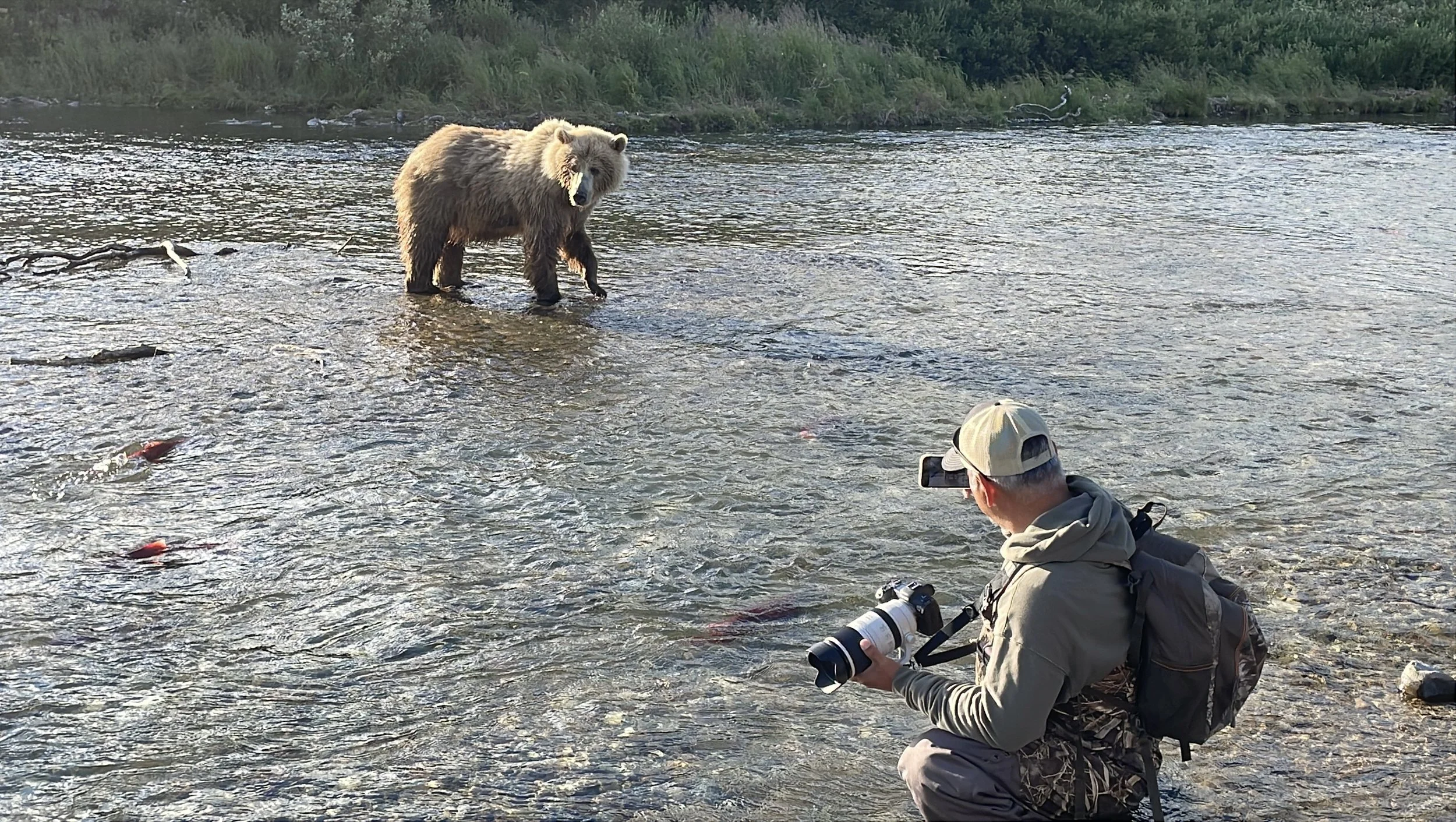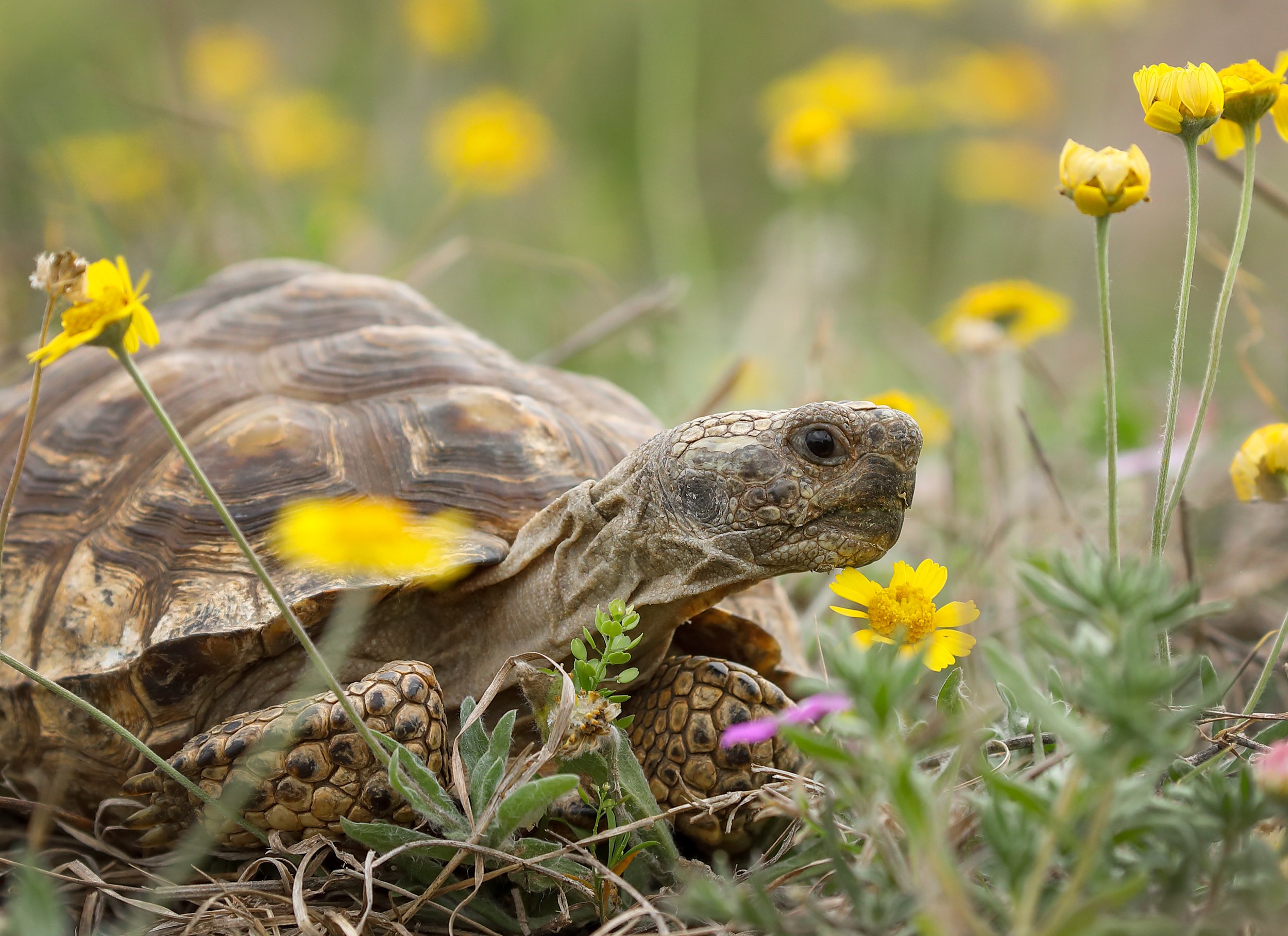Beluga Whale off Churchill, Canada. 1/400, f9, ISO 1000.
This is Part 2 of 10 Part Underwater Natural Light Photography Series.
When shooting underwater using natural light, the euphotic zone is your playground. This is the uppermost layer of water that sunlight penetrates, and it’s where natural light photography truly comes to life. Understanding how light interacts with water in this zone is essential for creating stunning underwater images.
What is the Euphotic Zone?
The euphotic zone is the part of any body of water that receives bright and clear sunlight. Even in turbid, murky water, there’s always a euphotic zone—though it might only extend a few inches deep. In the tropics, where water clarity is exceptional, the euphotic zone can extend well beyond 260 feet—far past recreational diving depths.
This zone is where sunlight, or ambient light, allows photographers to capture natural, vibrant underwater scenes. For those relying on natural light, the euphotic zone is your best friend.
Pink Dolphin in the Amazon River, Brazil. 1/320, f5.6, ISO 2000
Here are two examples of wildlife thriving in very different Euphotic Zones: the pink dolphin of the Amazon River and the lemon shark of the Bahamas. Each represents the unique beauty and diversity of life in their distinct aquatic worlds. The pink dolphin thrives in the dim, low-light conditions of the Amazon River, navigating its murky waters with remarkable adaptations that allow it to flourish in this unique environment. In stark contrast, the lemon shark thrives in the clear, sunlit waters of the Bahamas, where high visibility and abundant light create the perfect conditions for this sleek predator to navigate and hunt.
Lemon Shark at Tiger Beach, Bahamas. 1/320, f8, ISO 400
How Light Behaves Underwater
Light behaves very differently underwater than it does on land. Water is about 800 times denser than air, which causes light to scatter and absorb quickly as it penetrates. The deeper you go, the more light—and color—you lose.
Hawksbill Sea Turtle off Playa Del Carmen, MX. 1/320, f5, ISO 800
Here’s how color disappears at different depths:
Red vanishes around 15 feet.
Orange fades by 30 feet.
Yellow disappears by 60 feet.
Green is absorbed around 100 feet, leaving only blues.
This means that the deeper you dive, the more muted and monochromatic your images will appear. Natural light photographers need to work within these limitations to create vibrant and well-exposed photos.
Whale Shark off Isla Mujeres, MX. 1/320, f9, 1/800
Tips for Working in the Euphotic Zone
Stay Shallow:
The closer you are to the surface, the more light and color you’ll have. For the best results shoot wildlife above 30 feet where reds and oranges are still visible.Time Your Dives:
Early morning and late afternoon offer soft, diffused light that can add mood and dimension to your photos. Midday dives provide the most light penetration, which is great for capturing vibrant colors at deeper depths.Understand Water Clarity:
Clear tropical waters extend the depth of the euphotic zone, while murky or nutrient-rich waters will reduce it significantly. Adjust your expectations and camera settings accordingly.Position the Sun Behind You:
Just like on land, keeping the sun at your back ensures your subject is well-lit and shadows are minimized. Unless you are going for an artsy image and then you want your subject to be backlit by the sun.
Tiger Shark at Tiger Beach, Bahamas. 1/250, f8 ISO 400
The Challenges of the Euphotic Zone
Natural light photography in the euphotic zone is not without its difficulties. Clouds, tides, and weather can all affect light penetration. Additionally, the further you descend, the harder it becomes to maintain vibrant colors without proper camera settings and techniques like custom white balance (which I’ll cover in a future post).
Why the Euphotic Zone is Worth It
Despite the challenges, the euphotic zone offers unparalleled opportunities for natural light photographers. The sunlight filtering through water creates breathtaking effects, like god rays that cut through the blue, or the shimmering light patterns on the ocean floor. These natural phenomena can add depth and drama to your images, creating compositions that feel both authentic and otherworldly.
Sealion off Baja, MX. 1/400, f9, ISO 640
In the Next Blog
Now that you understand the importance of the euphotic zone and how light behaves underwater, the next step is mastering your custom white balance. This is the key to overcoming color loss and ensuring your images reflect the true beauty of the underwater world.
THIS IS PART 2 OF A 10 PART SERIES.
PART ONE - Is Natural Light Photography Photography For You?
PART TWO - The Euphotic Zone! Your best friend.
PART THREE - Custom White Balance, Natural Lights Secret Weapon.
PART FOUR - Shutter Speed: Freezing Moments Underwater.
PART FIVE - Aperture: Achieving Sharpness and Depth Underwater
PART SIX - ISO: Balancing Light Sensitivity Underwater
PART SEVEN - Focus Points: Keeping Your Subject Sharp Underwater
PART EIGHT - The Histogram: Your Underwater Photography Lifeline
PART NINE - Post-Processing: Bringing Your Underwater Images to Life.
PART TEN - The Freedom of Natural Light Photography: A Connection to the Wild












